The content of the article
Residents of the harsh climatic zones are recommended to grow pitted apricots. Choose Far Eastern or Siberian varieties resistant to frost. Far Eastern and Asian varieties are poorly adapted to sub-zero temperatures. This method ensures that only the strongest and healthiest seedlings will remain, which in 3-4 years will become young trees, will throw out the first flowers and delight you with delicious apricots.
Bone preparation
Planting material is extracted from large ripe fruits without wormholes and damage:
- Buy on the market 0.5–1 kg of bright yellow or orange fruits, select the softest and most juicy in appearance, put in a separate plate.
- Put the container with apricots on the window sill or table for 2-3 days.
- Bones separated from the sweet slices. Pulp to eat or make jam from it.
Apricot billet immediately planted in the ground or dried and left until fall or spring. In the first embodiment, it is not necessary to wash off the remnants of the pulp and juice from the planting material. In the second, the stones are rinsed under the tap, spread on a paper napkin and wait until all the liquid has drained. The blank is dried on an illuminated window sill or in an oven at the minimum temperature, packed in bags or paper bags from a newspaper and cleaned in a drawer.
Natural stratification
In the middle of October or November, but before the onset of the first frost, the bones are extracted and checked for suitability. Thrown into a bowl of water: planting material, gone to the bottom, suitable. Residues that float to the surface are discarded.
Apricot blanks do not handle anything. The dense shell protects the seed from diseases, and no chemicals will scare away rodents and other pests wishing to eat the kernel. Bones are buried in previously prepared beds, not watered, sprinkled with a thick layer of earth, and left.
What should be the depth of the trench for apricot? About a spade bayonet, at least 5–6 cm. Fertilizers are poured at the bottom of the pit:
- calcined coarse sand;
- a layer of chernozem or turf soil;
- rotten grass;
- humus.
Wood ash is also added, which disinfects the soil, destroying bugs and diseases, and feeds apricot stones. Planting material is placed at a distance. First, sprinkled with grass or straw with humus to protect from severe frosts. And then add loose earth. Soil is not tamped, you can cover the area with future apricots dry branches.
Plot with seedlings is recommended to protect even in the fall or otherwise mark the segment of land on which the plants should appear. It will be easier to find sprouted shoots and distinguish them from weeds and other trees.
Part of the planting material will be eaten by pests, the second will die from the cold, and the remaining blanks, hardened by low temperatures, will germinate in the spring, closer to the beginning or end of May.
The plot on which the young apricots are located is regularly weeded and periodically watered if the ground is too dry. It is not necessary to create a swamp around the seedlings in which diseases and fungus will multiply.
The first year the trees will spend in the trench in which the seeds sprouted. It is impossible to transfer immature saplings to a new place.
In order for young apricots to grow strong before winter and successfully endure low temperatures, in the summer they are recommended to pinch their crown. First, the top, when it reaches a height of 20-25 cm, and then the side shoots. In autumn, too thick trees thin out, removing thin and deformed branches. Sections must be smeared with garden pitch, so that they will heal faster.
Trees that survived the winter are planted in the spring. Apricots are not recommended to carry more. It is important to choose a well-lit area, because the plant develops better in the sun.
Piece hardening
Did not manage to plant bones in the fall? Then they will have to be artificially stratified in January or February, and in the spring they will be put in pots of earth and wait until apricot sprouts appear.
It will take:
- water;
- peroxide;
- yogurt jars or plastic cups;
- sand or any kind of land.
It is advisable to steam or heat the last component in the oven to disinfect.
Separate good bones from empty shells using a basin of water. You can do a test check, split several blanks. Try apricot kernel: if sweet, it will make a strong and healthy sprout. Bitters are advised to throw away. They are not mature enough, so the tree from such planting material is painful, and the fruits themselves are small and sour.
Dried stones pour for 1-2 hours with a solution of water and peroxide. The additive will disinfect the planting material and prevent the appearance of fungus. Replace the solution with filtered water at room temperature. Soak the planting material for 2 days, then remove and put in a container with drainage holes filled with wet sand or soil. Plastic cups will fit in which several small holes are punched, and a layer of small crushed stone is laid on the bottom.
Jars with apricot stones cover the package and refrigerate or freezer. Periodically check the workpiece, and if there is mold on the bones, they should be washed with a peroxide solution.
The stratification of planting material begins in January, and towards the end of March - mid-April, the hard shell will split into two halves, and thin roots will appear.It does not germinate the whole harvest, but only a small part.
Put the kernel together with the shell in yoghurt or ryazhenka cups filled with nutritious mixture. It is made from turf land, wood ash and humus. You can put peat, because apricots love acidified soil.
Improvised pots with seedlings covered with foil or plastic lid, put in heat. Periodically moisten the soil with a spray gun, but a lot of water is not required for the plant.
In May, when the last frosts take place, and the land is warm enough, apricots are taken out to the garden. Transplanted into separate pits or one trench, in which nutrients are added in advance. Weak sprouts cover from the wind with cylinders from a five-liter bottle. They cut the bottom, the top can be left, just make it a lot of large holes for good ventilation.
Young apricots are cared for:
- pinch;
- protect against insects;
- form the crown;
- pour over cool water.
Autumn covers the root system and the trunk itself so that the tree does not freeze in winter. Spring transferred to another hole, which will become its permanent home.
Transplanting young trees
Apricots, which are about 2 years old, are transferred to a new place. A warm and well-lit area, protected from wind gusts, will do. In the ground, they dig pits 60–70 cm deep, keeping a distance of 4–5 m between them. If you plant trees closer, their root system will be intertwined after a few years, and neighboring plants will clog each other.
The bottom of the pit is covered with a layer of fine crushed stone, on top of which a mixture of fertilizers is placed:
- saltpeter;
- humus;
- wood ash;
- mineral supplements.
The components are connected to the ground from the pit, thoroughly mixed, and backfilled. After the winter in the prepared soil, a dimple of about 65–70 cm is made. 2 days before planting, sprinkle the soil with lime to make the tree stick faster.
A trench with young plants is poured abundantly with water, carefully dug, trying not to touch the root system with a shovel, and removed. The tree is transferred to the prepared hole, sprinkled with soil and poured with two buckets of water. Root neck left above the ground. Well, if the apricot will grow on a small hill. The sides of the ground are formed around each tree. After watering, the soil will drain a little, you will need to add a little black soil, so that the root system does not crawl to the surface. Repeat the procedure several times until the ground is compacted.
The land around the tree after each watering is mulched with sawdust or dry straw. In the fall, cut off extra branches, forming a dense crown. It is desirable that the height of the apricot was within 4–5 m. Low plants are more resistant to frost.
Top dressing and watering is stopped in mid-July so that the tree has time to mature for the winter. Apricot will bloom in 3-5 years after planting. Fruits can deplete a young plant, so no more than 20 buds or green fruits are left on each branch.
Care instructions
Apricots are unpretentious, but they are afraid of frost. Trees are carefully prepared for winter: the trunk is wrapped with dense sacking, and the ground around the roots of the system is filled with sawdust, straw, and fallen leaves. The thicker the layer of mulch, the higher the likelihood that the plant will not disappear.
Fertilize apricots in the first 3-4 years. Feeds contribute in the spring before flowering and in the summer when the ovary is formed.
If a young tree has thorns, they dig it up and throw it away. The fruits of such specimens are small and sour. Good apricots have a smooth stem and branches.
It is recommended to plant several trees at once, so that they pollinate each other.Wild seedlings that have emerged from the fallen fruits are pulled out. Good trees from them will not work.
During the ripening period, the branches are tied up so that they will not break under the weight of the crop. It is recommended to plant nasturtium bushes around the tree. The flower repels pests and insects.
Bone-grown apricots are less whimsical and more resistant to frost. They give a rich harvest, and some surpass their "parents" in the quantity and quality of fruits. The plant is also liked by experimental gardeners, because a new variety of apricots can be derived from seeds of various varieties. And how they are obtained, only those who have tried will recognize it.
Video: how to grow a new tree from an apricot stone

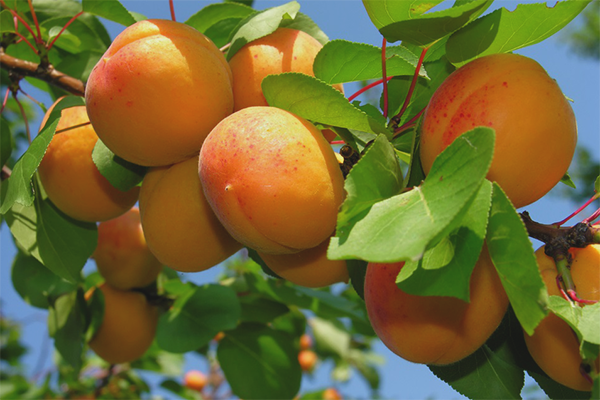
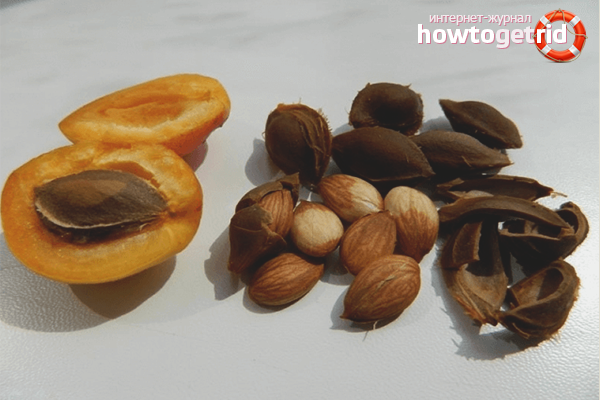
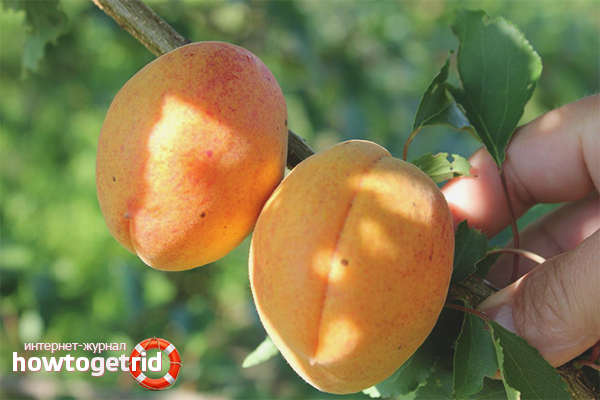

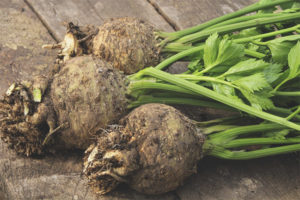
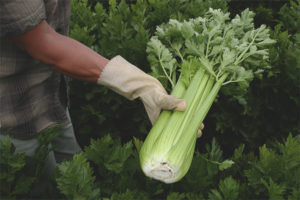

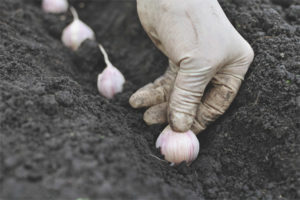
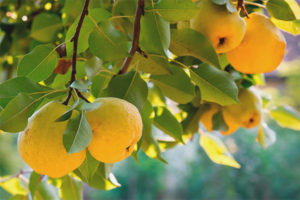
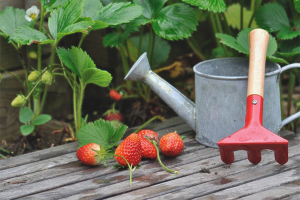

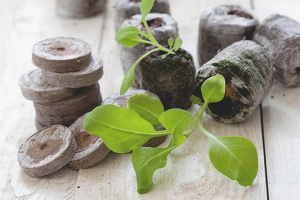
To send